Make play inevitable: how nudges guide your child towards independent play
Set up your home so that play happens automatically with well-placed nudges.
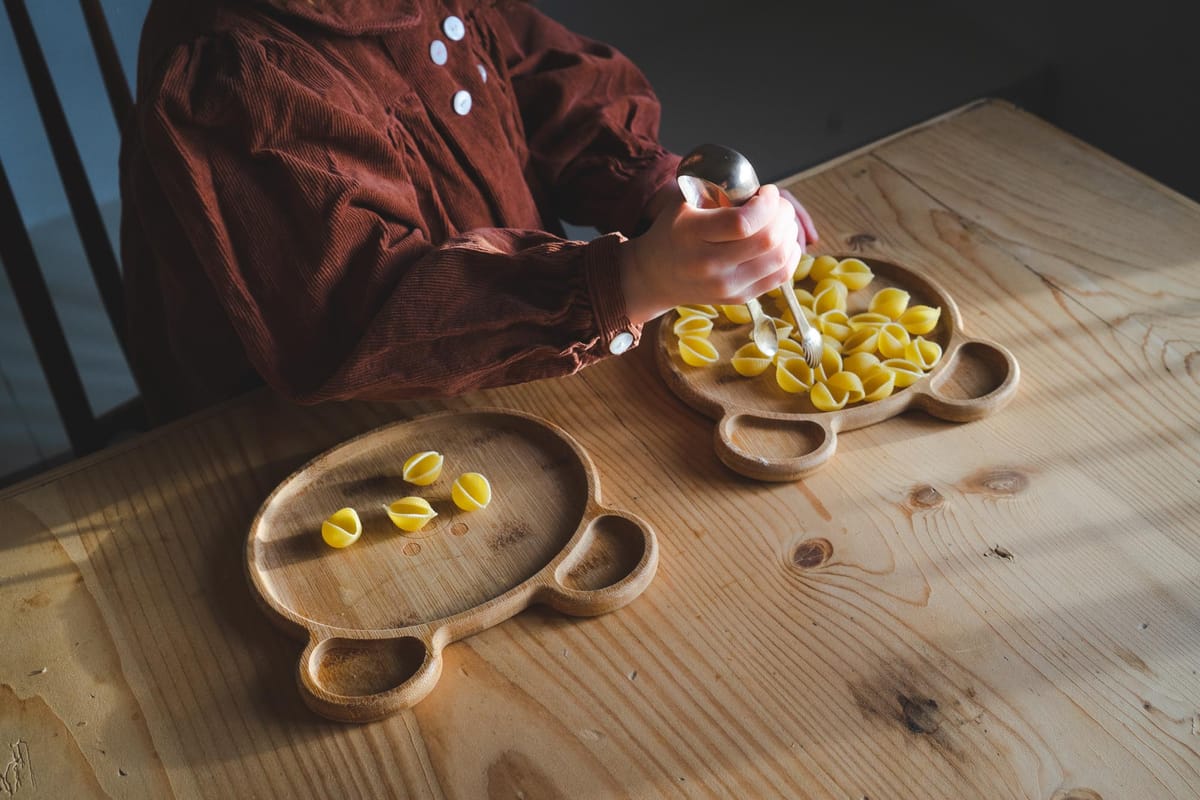
Imagine this:
Your child walks into the room and instinctively starts playing.
No whining, no "I'm bored!", no asking for a screen.
She picks up a toy, some craft materials or an unfinished project - and just gets on with it.
No reminders. No nagging.
It feels like magic. But it's not. It's the power of the nudge.
What is a nudge?
A nudge is a small, subtle change in the environment that makes a behaviour more likely.
It doesn't force play. It suggests it. It makes play feel like the easy, obvious choice.
The science behind nudges
The concept of nudges comes from behavioural economics - the study of how people actually make decisions, rather than how we think they should make decisions. In their groundbreaking book "Nudge," Nobel Prize winner Richard Thaler and Cass Sunstein revealed something fascinating about human behaviour: we don't always make rational decisions. Instead, we follow predictable patterns and take mental shortcuts.
This isn't a weakness - it's how our brains are designed to work. We are all lazy decision-makers. We follow the path of least resistance.
Think about your own daily choices. When fruit sits in a bowl on your kitchen counter, you're more likely to grab it than if it's hidden in the fridge. When you leave your trainers by the door, you're more likely to go for that morning walk. These aren't conscious decisions - they're responses to what's easy and obvious.
When it comes to children and play, this understanding is particularly powerful. Your child isn't consciously choosing screens over toys - she's following the easiest path available. By changing that path, you change the outcome.
Understanding choice architecture
The way we arrange our children's play spaces matters more than we might think. Every toy's position, every material's accessibility, every sight line through your home creates a subtle message about what activities are possible and desirable.
Strategic visibility becomes your most powerful tool. Position open-ended materials where your child naturally looks and moves. Create clear sight lines through your space so play opportunities catch her attention. Even simple changes in lighting can draw her towards certain areas and materials, making play feel like an obvious choice.
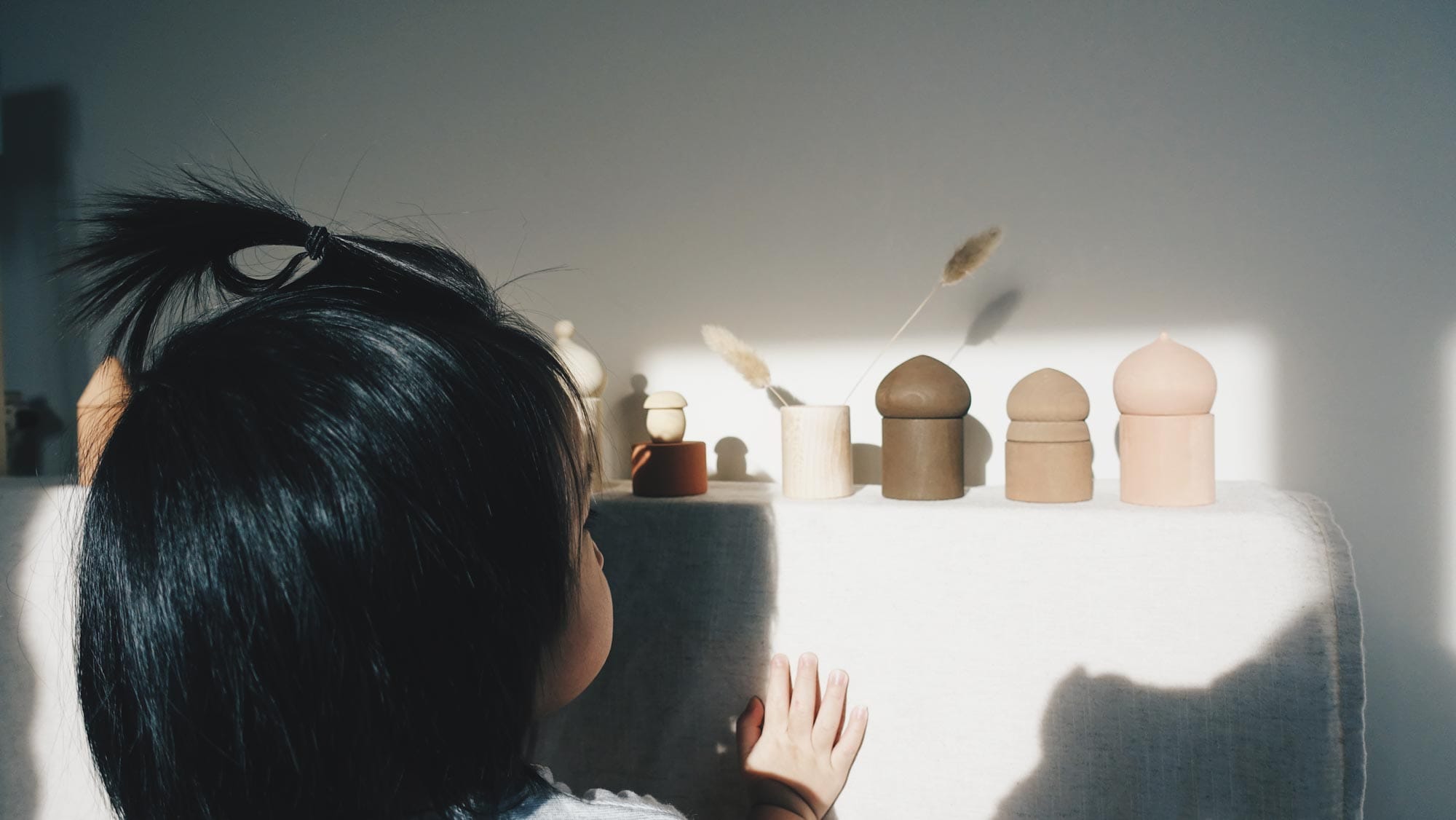
The principle of rotation adds another layer of effectiveness. Rather than overwhelming your child with choices, keep most toys in storage and rotate them regularly. Display only a few, carefully chosen options at once. When you change the position of familiar materials, you create fresh interest - even old toys feel new when they appear in unexpected places.
💡 Example: Place a partially completed wooden railway track in the hall rather than the sitting room, where your child naturally walks after lunch. Our brains are naturally drawn to complete unfinished tasks - psychologists call this the Zeigarnik effect. The unfinished state creates a gentle pull towards engagement.
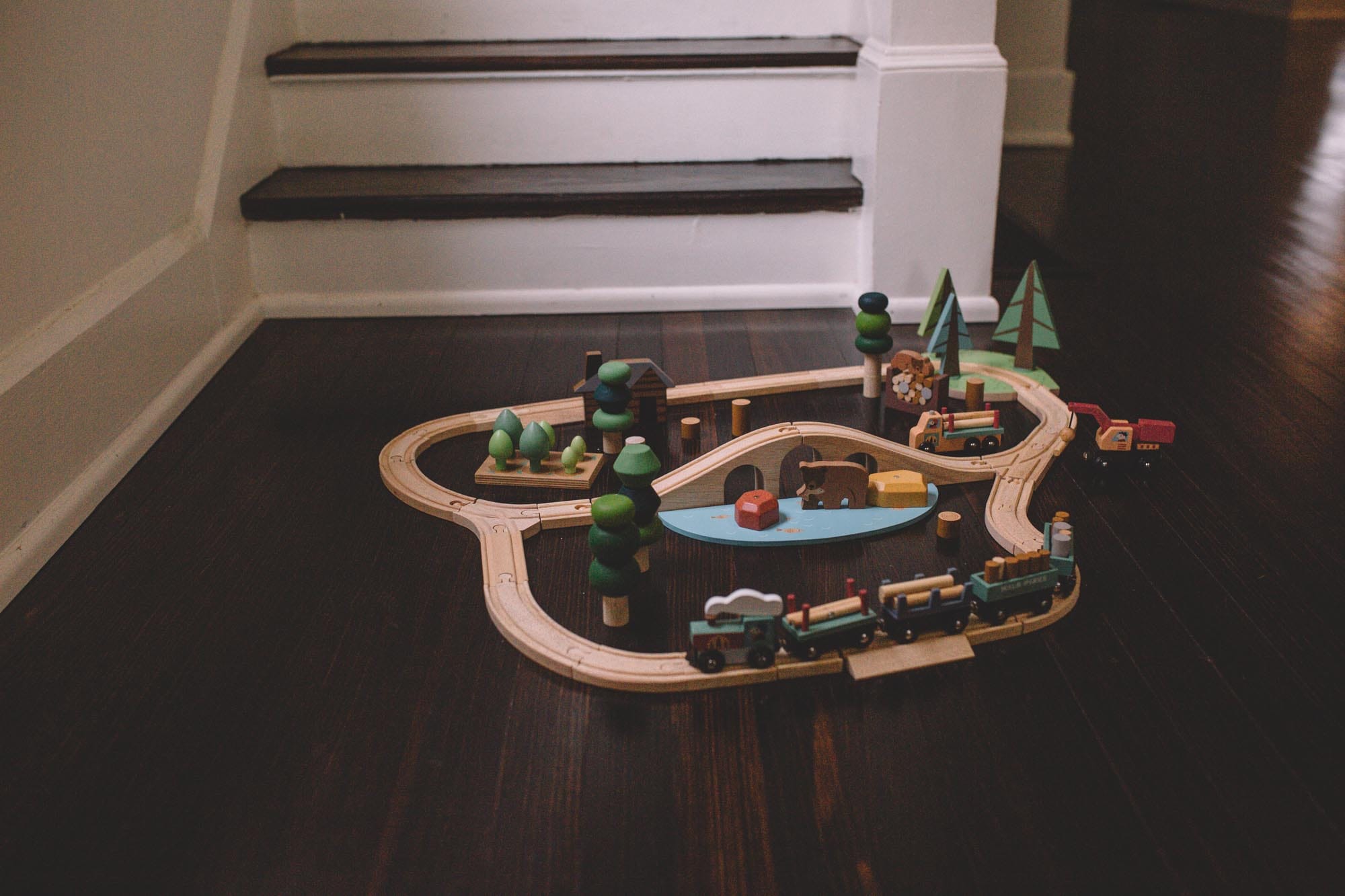
Who can walk past this puzzle without wanting to finish it?
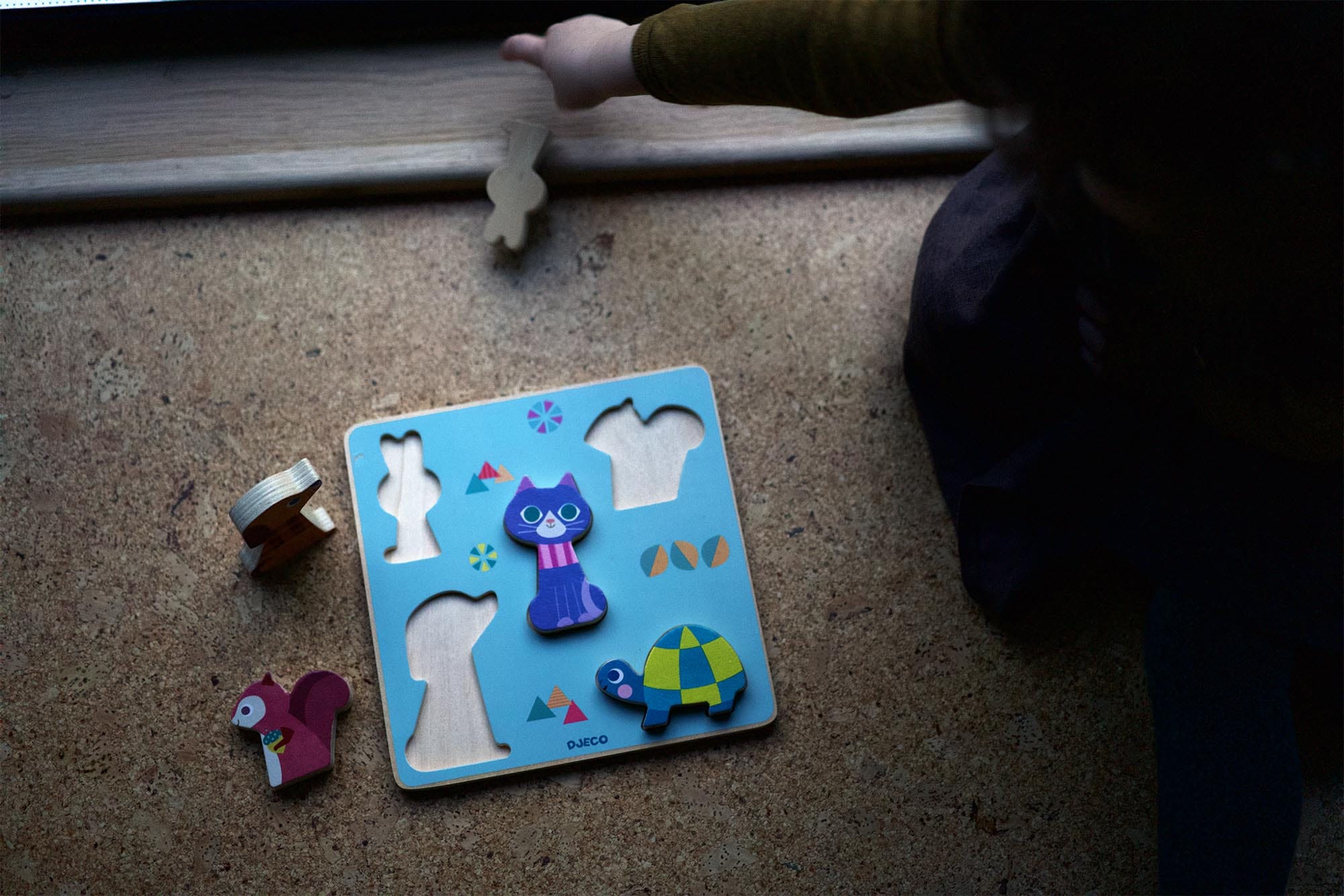
And who can resist the urge to find the matching letter sound to go with these pictures?
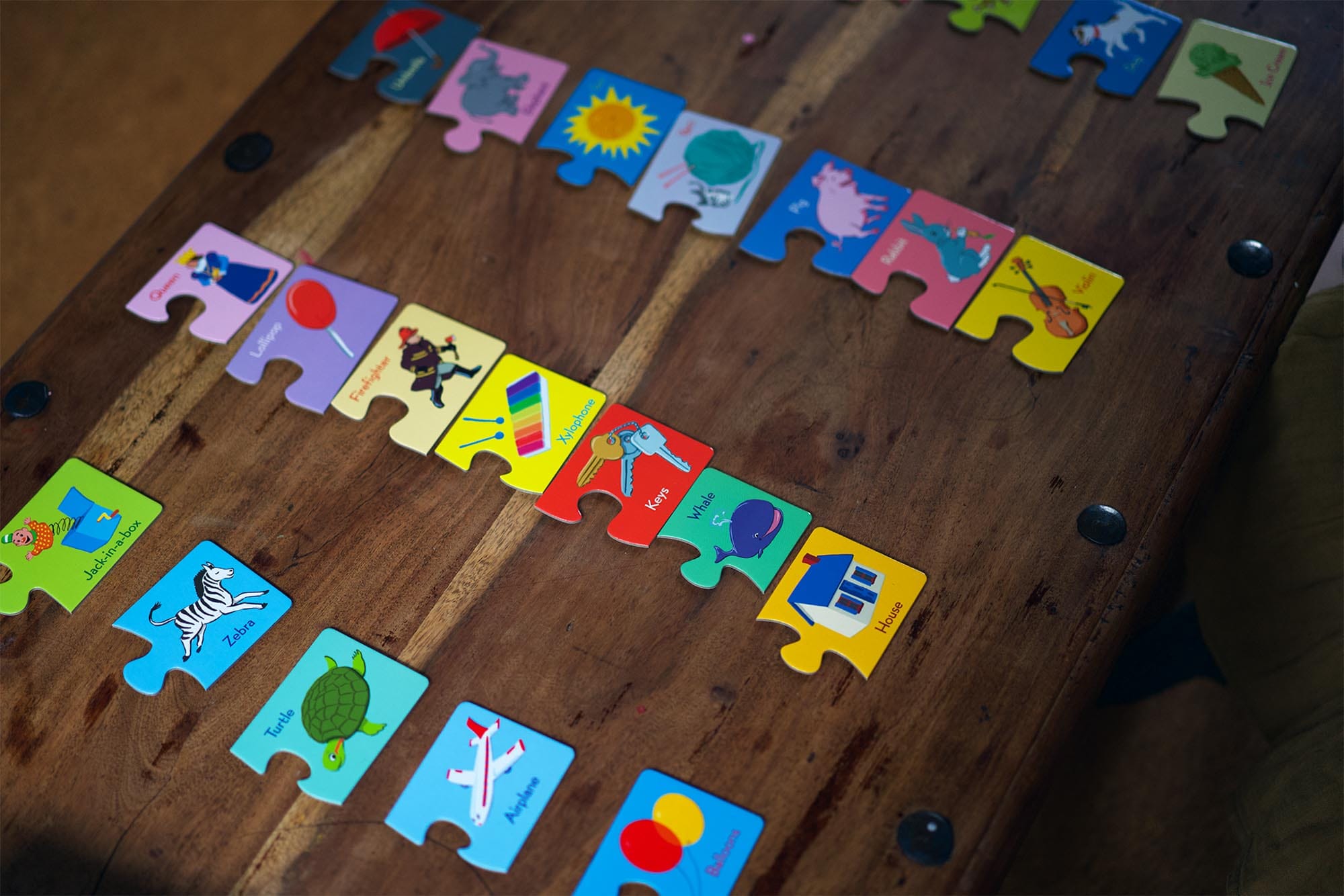
Making play the easy choice
Behavioural science reveals that even tiny obstacles can deter action. Every step between your child and play becomes a potential barrier. This understanding transforms how you set up play spaces.
Physical accessibility matters more than you might think. Keep play materials in containers your child can easily open and reach. Create dedicated spaces for messy play so setup doesn't become a barrier. Consider preparing Play Kits - complete sets of materials for specific activities, ready to use at a moment's notice.
Decision-making itself can become a barrier. When your child faces too many choices or unclear systems, she might default to easier options like screens. Sort materials into clear categories that make sense to her. Use visual cues to show where things belong. Make tidying feel manageable by creating simple, intuitive systems.
💡 Example: A craft tray with scissors, paper and glue already assembled removes all the small decisions and actions that might prevent your child from starting. She doesn't have to gather materials or wonder what goes together - she can simply begin creating.
Creating irresistible invitations
Understanding how your child's mind works helps you create truly inviting play opportunities. Our brains are naturally drawn to certain triggers - novelty, social connection, and authentic experiences. When you understand these triggers, you can use them to make play irresistible.
Novelty captures attention naturally. Your child might seem bored with her toys, but often it's the familiarity rather than the toy itself that's the issue. Adding unexpected elements to familiar toys creates fresh interest. A collection of conkers mixed in with building blocks suggests new possibilities. A few lengths of ribbon near the dressing up box sparks different ideas. Even moving toys to a new location can reignite interest - the same materials feel different when encountered in a new context.

Social connection drives engagement. Children are naturally drawn to activities they've seen others enjoy. Create visible reminders of happy play moments by displaying photos of your child engaged in different types of play. Keep evidence of previous creative projects where she can see them. Set up opportunities for her to share her play experiences with family or friends. When play feels socially valuable, it becomes more appealing.
💡 Example: Transform your child's play kitchen by periodically adding real-world items - measuring spoons, empty spice jars, or old receipts from the local shop. These authentic materials tap into her natural desire to mimic real activities she sees around her. When play feels real, it becomes more engaging.
Supporting executive functions through environment
Your play space can actively support your child's developing ability to plan, focus, and regulate her behaviour. The way you arrange materials and structure the environment can strengthen these crucial skills naturally, through play.
Clear but flexible zones help your child develop planning skills. Create distinct areas for different types of play, but allow for materials to move between them. This helps her learn to organise her thoughts and actions while staying adaptable. Include materials that require some planning and problem-solving, like construction toys or multi-step craft projects. Let her keep works in progress visible - seeing an unfinished project encourages her to plan how to continue it later.
Organisation systems that make sense to your child support independence. Rather than imposing adult organisational logic, observe how she naturally categorises and uses materials. Create storage solutions that match her thinking. Simple visual guides showing steps for setting up and putting away materials help her develop planning skills while making play more accessible. When she can manage her play space independently, her confidence grows.
💡 Example: Create a simple visual sequence showing how to prepare for painting: put on apron, spread newspaper, get water pot, choose colours. This supports both executive function development and independent play initiation.
Managing competing influences
Remember that nudges can work against play too. Screens are particularly skilled at creating their own powerful pulls, drawing children away from other activities. Understanding this helps you create an environment where play can flourish.
Environmental design becomes crucial. Think about your child's movement patterns through your home. Create routes that lead naturally past inviting play opportunities before reaching screen access points. Use physical barriers thoughtfully - not as punishment, but as gentle redirections toward other activities. Consider timing too - plan screen-free periods when your child's energy is high and she's most receptive to play.
Transitions deserve special attention. Moving between activities is often when children gravitate toward screens. Create before and after routines that support play instead. Use physical cues to signal different times of day - perhaps a special cushion that comes out for story time, or a play mat that signals construction time. These environmental signals help your child move smoothly between activities without defaulting to screens.
💡 Example: If your child typically asks for screens after school, create an inviting play setup along her path from the door to her usual screen location. A partially built marble run or an opened art journal can interrupt the automatic reach for digital entertainment.
When nudges need adjustment
Understanding common challenges helps create more effective nudges:
Timing matters. Sometimes a perfectly designed nudge fails simply because your child is hungry, tired, or emotionally overwhelmed. Pay attention to when your child is most receptive to play suggestions. Often, the hour after breakfast or just after a snack provides the best window for engagement.
Consistency counts. While novelty is important, too much change can create uncertainty. Make small, strategic adjustments rather than frequent overhauls. Allow time for habits to form. Your child needs to trust that she can find her favourite materials in predictable places.
Authenticity is essential. Children are surprisingly good at spotting manipulation. Focus on making play easier and more inviting rather than trying to trick your child into playing. The best nudges feel natural and aligned with your child's genuine interests.
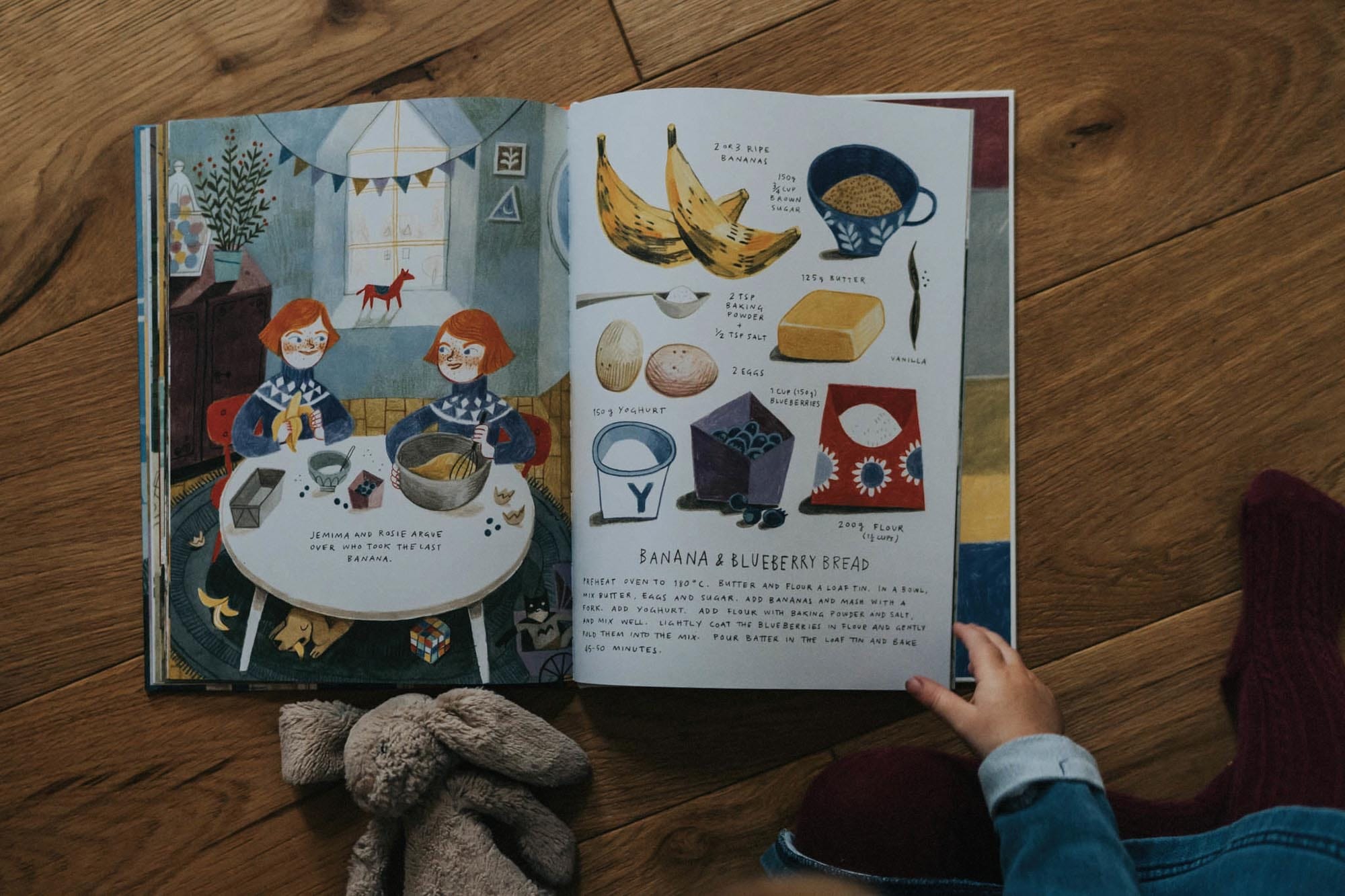
An interest in baking, a cookbook on the table and, oh! Look! Some flour!
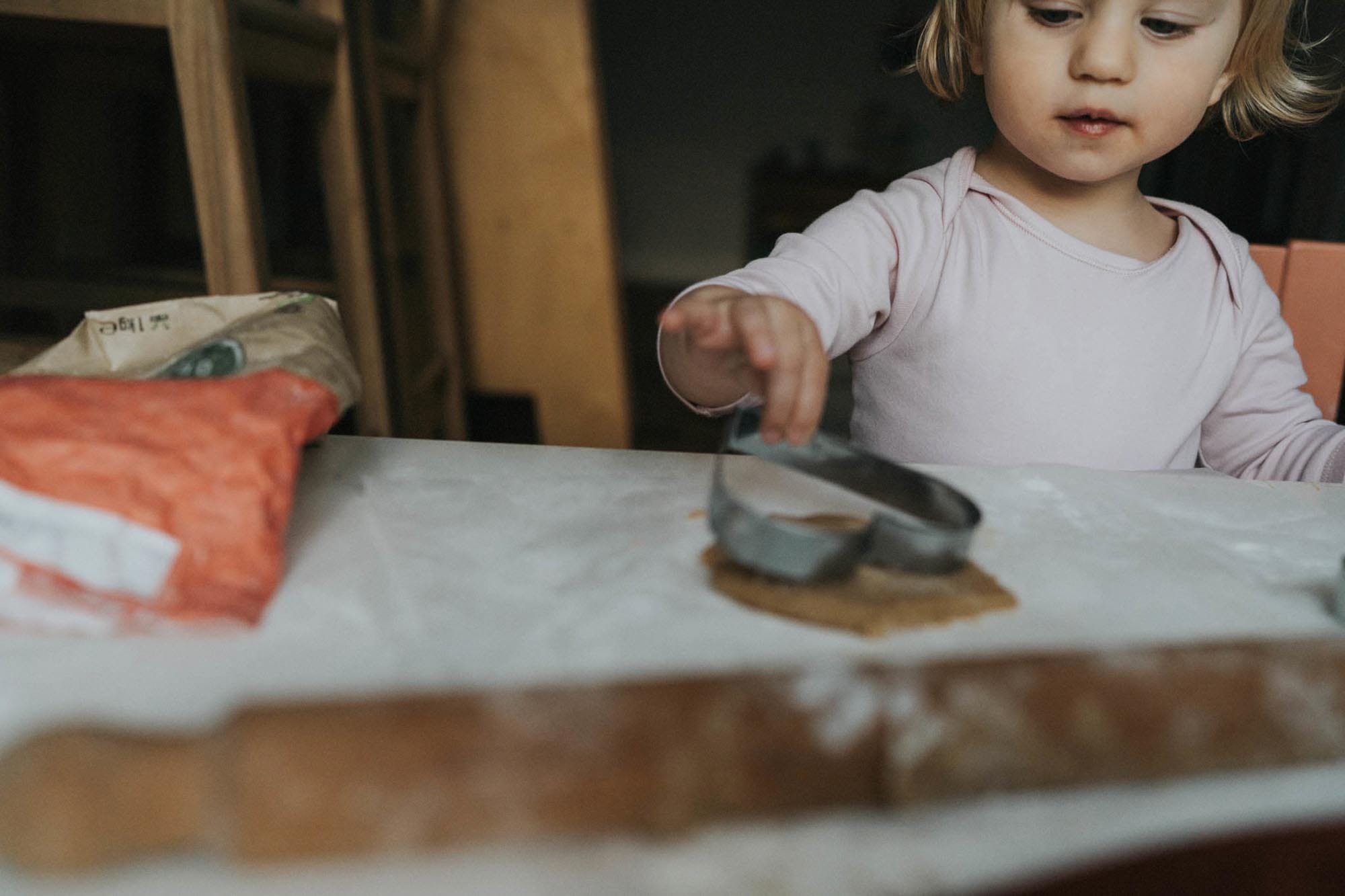
And some icing! How did that get there?
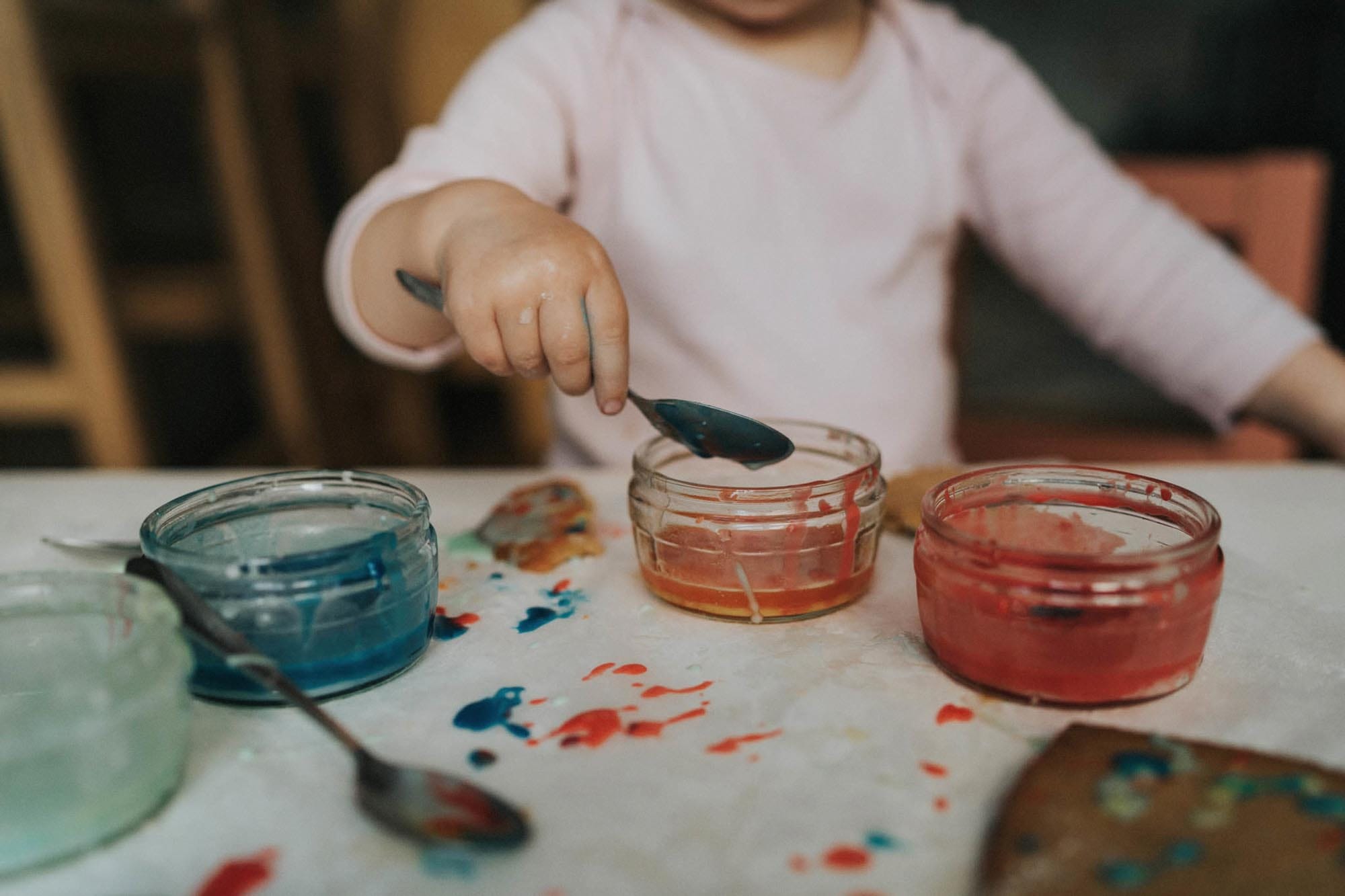
I love making biscuits.

Starting small
You don't need a complete playroom redesign to begin using nudges effectively. Start by observing your child's current play patterns. Notice where she naturally pauses, what catches her attention, and what barriers seem to stop her from engaging with certain toys or activities.
Choose one small change to implement - perhaps moving art materials to a more visible location or setting up a cosy reading corner along a frequently travelled path. Watch how your child responds and adjust accordingly.
Remember: The goal isn't to force play but to remove the obstacles that prevent play from happening naturally. When play becomes inevitable, it also becomes effortless. Your child rediscovers her natural drive to explore, create, and engage deeply with her world.
What small nudge could you try today?
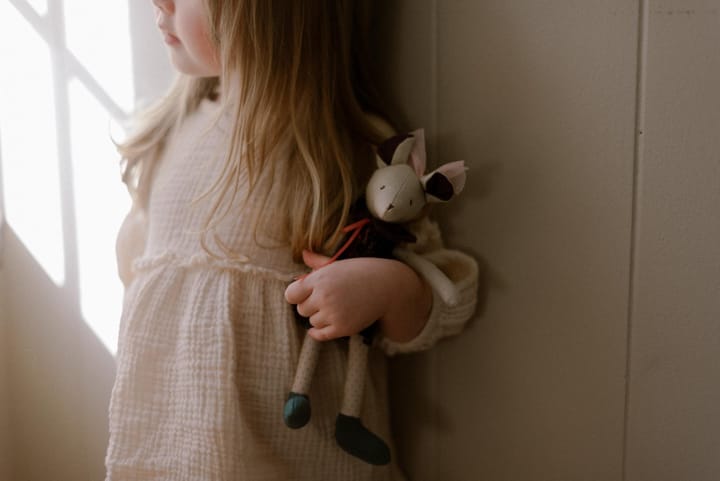
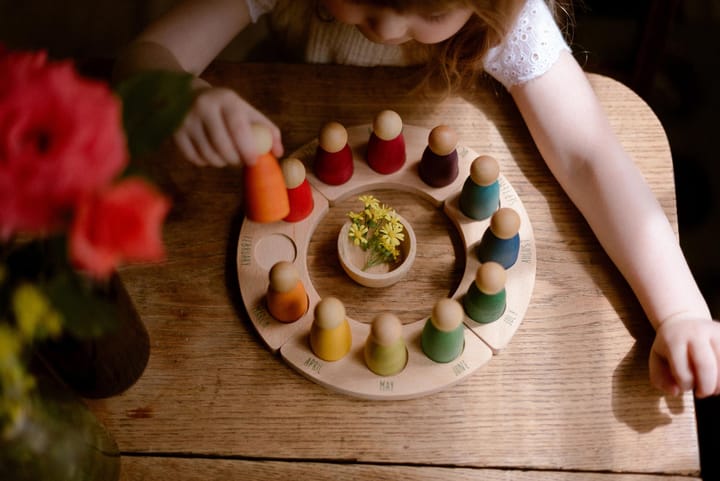
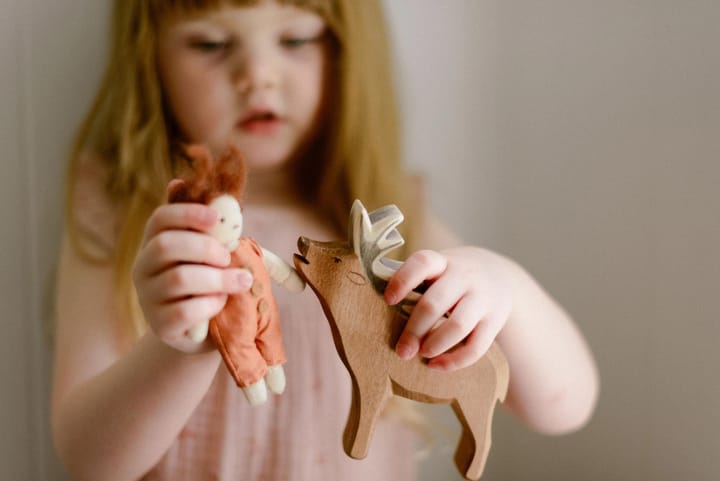
Comments ()